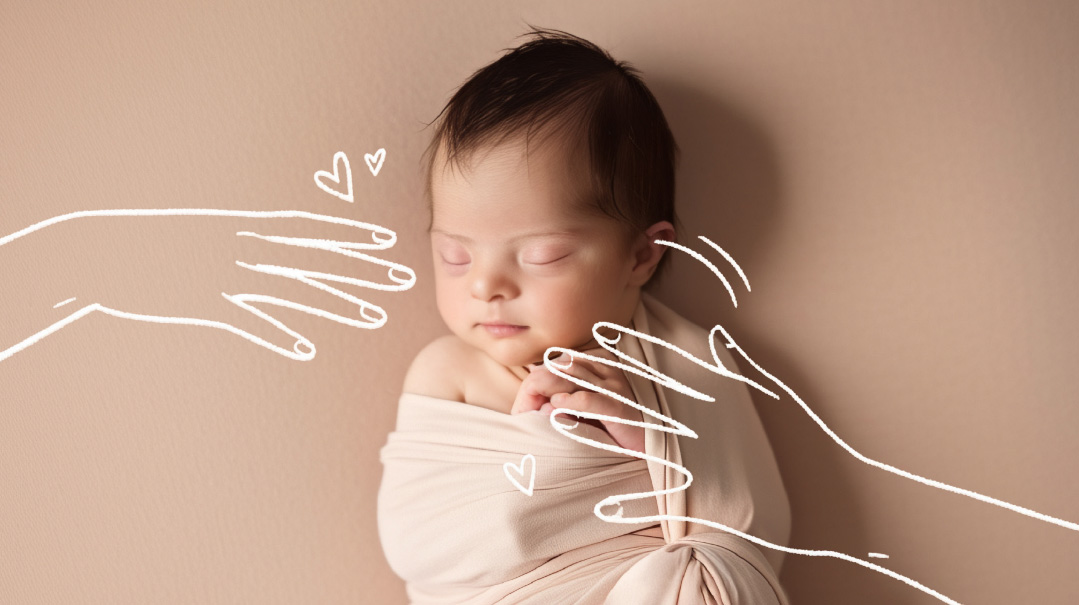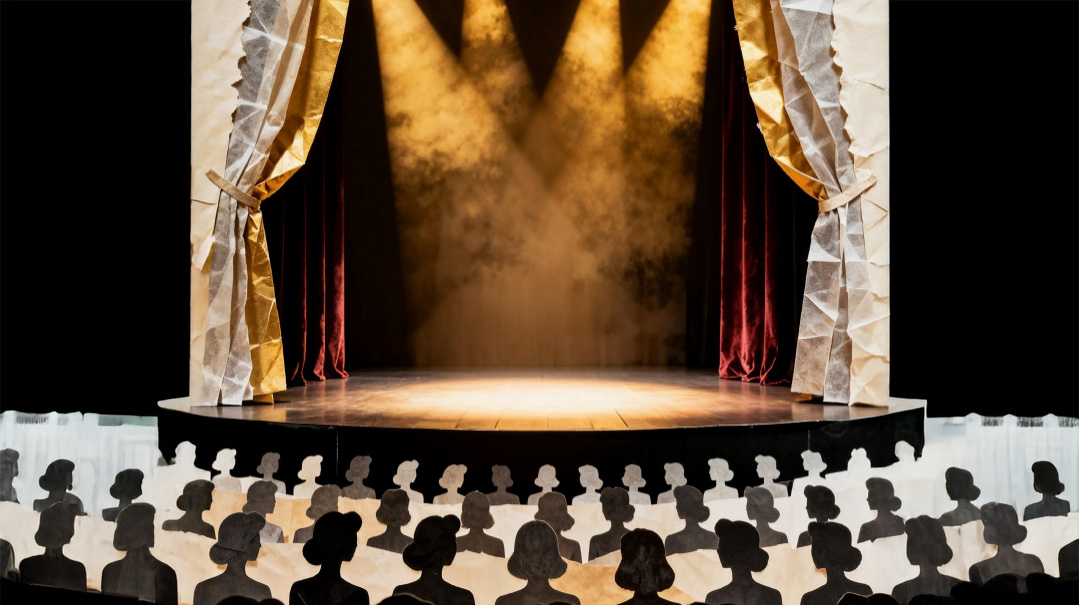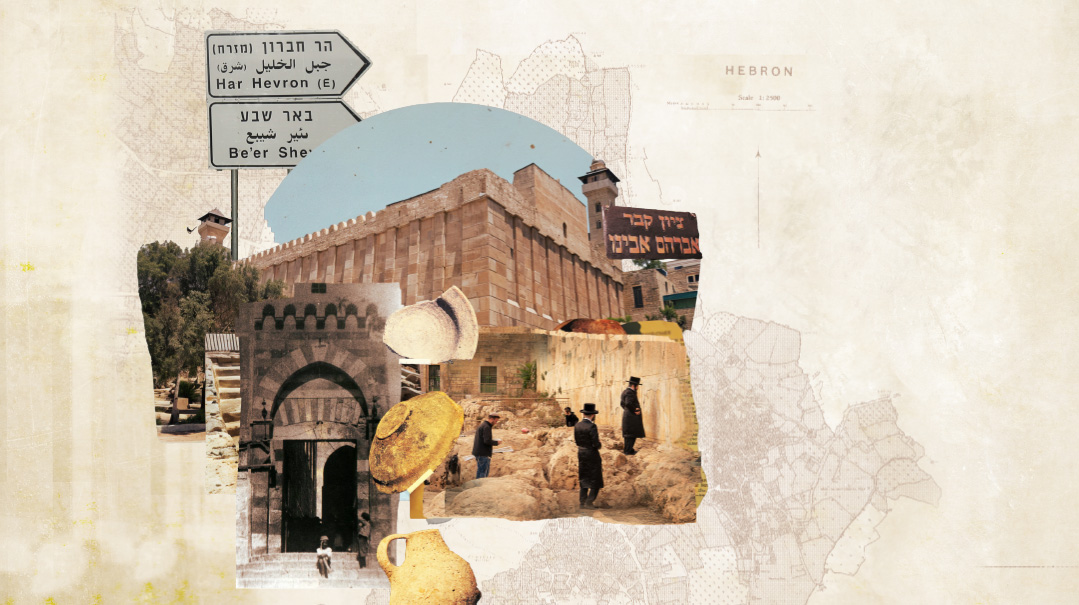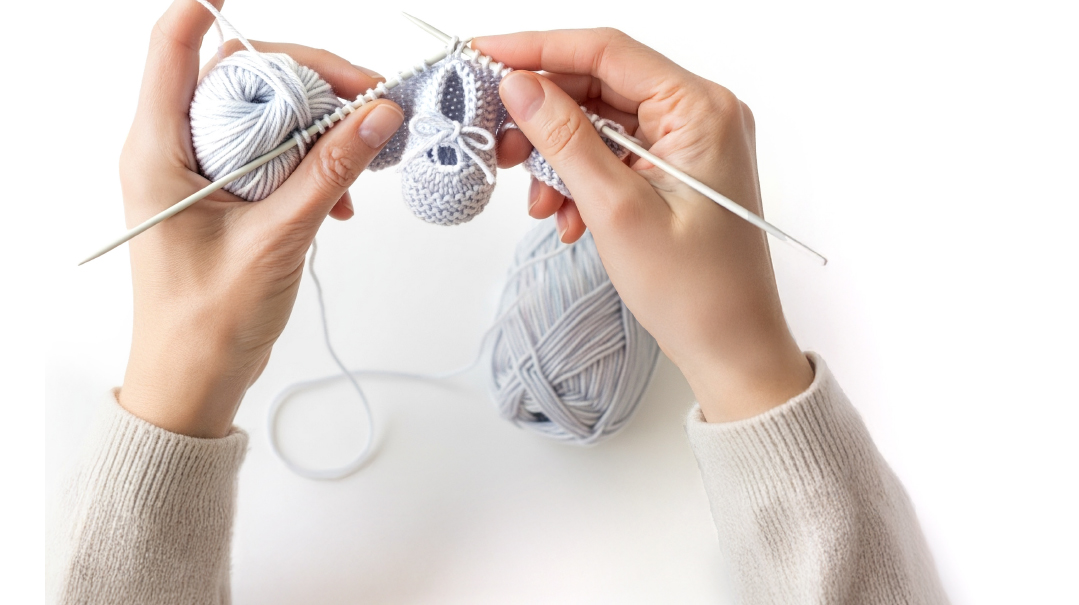Safe and Sound
| September 17, 2024Your guide to smart and safe baby gear
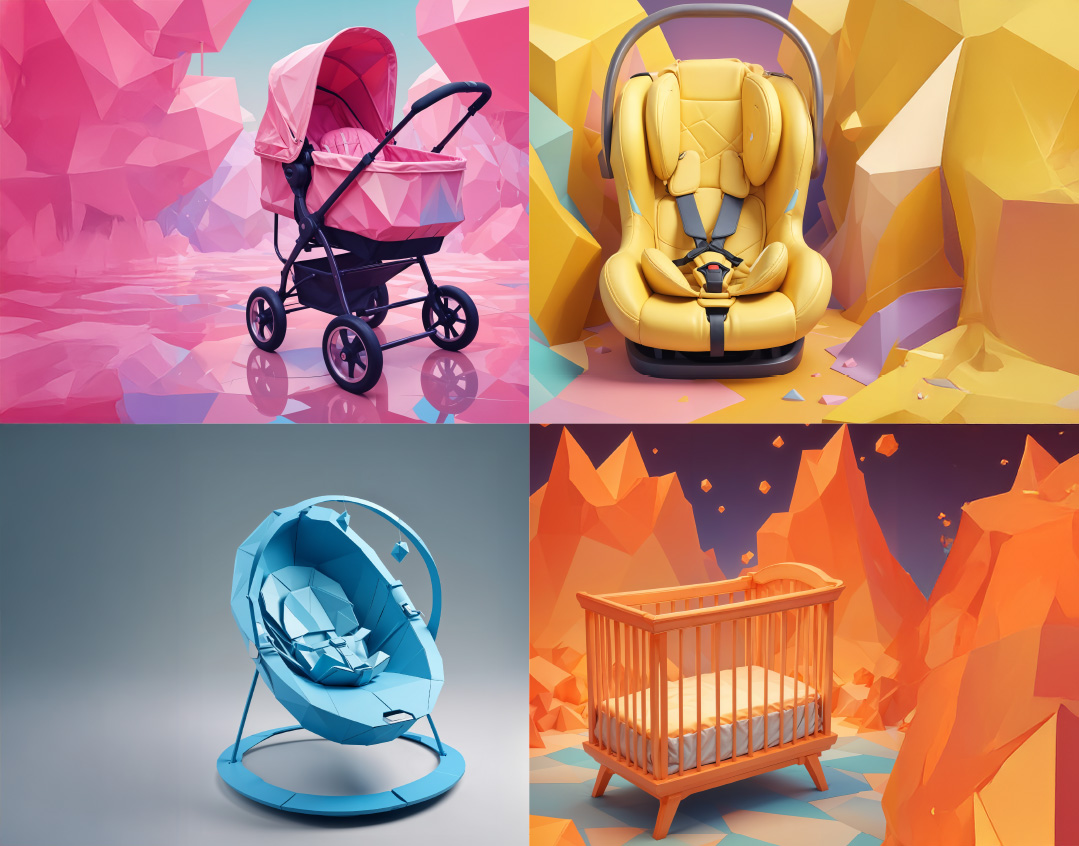
Mazel tov! You just welcomed a new baby into your life. It could be your first, or your seventh, but one thing is certain — you’re also welcoming a lot of baby gear into your living space. what items do you really need and what are extras? And how do you know what’s safe or that you’re using it correctly? This isn’t just a question for new parents. Even veteran mothers need to stay updated — What worked for your oldest kid may not be recommended anymore
Car Seats
Babies can spend a lot of time in the car during their first year, whether it’s just from running to the many well-checkups or tagging along with carpool.
“You don’t need to spend a lot on a car seat,” says Dr. Sherrie Orzel, a board-certified pediatrician with over 15 years of experience. “Just because it’s expensive doesn’t mean it’s safer. All car seats sold in the US must meet the same federal safety and crash performance standards. Just look for the label that says, ‘This restraint system conforms to all applicable federal motor vehicle safety standards.’ If it’s on the market, you know it’s perfectly safe.”
“Never, ever, ever buy a knockoff car seat on sites like AliExpress or Temu,” Lani Harrison, a CPST (Child Passenger Safety Technician) who has installed thousands of car seats, says emphatically. “Those seats have been shown to literally fall apart in crash testing. Take a step back and realize that the goal of a car seat is simply to keep the baby safe in a crash. Any colors, styles, or other features are a far second to that goal.”
Car seats and car seat accessory safety is determined through crash testing. Once the crash testers install the seat and put in a dummy, which is created to be as close to a human body as possible, they put sensors on and run it on a crash test line. They’re required to do it many times with many different permutations. (Latch install, seatbelt, not tethered, different size dummies if both fit in the seat, etc.)
“Certain seats don’t pass crash testing with certain inserts,” says Lani. “It makes sense if you think about it. If you put something like a couch pillow behind a kid in a car seat, obviously they are going to bounce around much more than if you put something that’s comfortable, but more rigid.” Infant inserts, like head supports, should only be used if they came with the car seat. Be sure to read the manual, as some may need to be removed when the child reaches a certain weight.
The same concept applies to bulky winter coats or snowsuits, which can make the baby unsafe in their car seat. When the car comes to a short stop, or there is impact, the fluff compresses, leaving several inches between the child and the straps. Loose straps increase the risk of injury or may even cause the child to get ejected from the seat. One workaround is warming the car before bringing the baby in, and placing a blanket over the baby for the (hopefully) short walk from your home to the car.
“They’re only cold for a second,” says Dr. Orzel. “Contrary to popular belief, it is not dangerous for a baby to be briefly exposed to the cold. You don’t get sick from being cold for a minute or two. Typical winter illnesses come from viruses and bacteria.”
Lani notes that “shower cap” style car seat covers, like the J.J. Cole Bundle Me, are a great option. “Those are the best. They are always fine as long as they don’t get in the way of the seat clicking onto the base.” She notes that covers that go in the seat should have a baby-sized hole for the harness system, not just slits for the straps.
“Car seats expire,” Lani says. “The engineers who design the seat determine that the materials will no longer hold up in a crash after a certain date. They’ll start cracking or they won’t perform as well.” That car seat your sister-in-law is offering you? You may have to say, “Thanks, but no thanks,” if it’s past its expiration date.
A safe car seat isn’t worth much, however, if it’s not being used correctly. The pelvic buckle and the chest clip both need to be closed at all times. “It’s not an either/or situation, like, Oh, you know, I want to put a blankie on the baby, so I’m not going to close the chest clip. They both have to be closed in order for it to function,” says Dr. Orzel.
Additionally, the straps also have to be tight against the child, to prevent flopping around. “The reason you want your child kind of glued against that car seat is because in an accident, we don’t want their head and neck to move,” says Dr. Orzel, explaining that the neck of a young child is extremely vulnerable, and a head flying forward in a sudden movement could cause serious injuries and even death.
From birth until around 15 months, a baby should be in a rear-facing infant seat. Lani Harrison notes that each seat has a height, weight, and torso-height limit. “Virtually every infant seat must be discontinued when the top of the baby’s head is less than an inch from the top of the seat,” she says. She adds that children of this age can also use a rear-facing convertible (“toddler”) seat, if the child meets height and weight guidelines for that specific seat, and if the seat positions their head correctly so it’s not slumped forward.
There are some car seats on the market that are very adjustable, allowing parents to use them for many years. “The Nuna Exec, for example, can accommodate kids from newborn to about age eight,” says Lani. “There are also rotating seats such as the Evenflo Revolve which have only one installation used for forward or rear-facing. Install it once, and with minimal adjustments, a wide range of kids will fit well, starting at a few months old.”
Both Dr. Orzel and Lani marvel at how the Doona has exploded in popularity in the frum community, even though it’s one of the heaviest car seats on the market, which creates a lot of pelvic, arm, shoulder, and back strain for postpartum mothers.
“There are lighter car seats that are just as easy and convenient,” says Lani, encouraging parents to look at the entire market and not to simply assume that they should get a Doona. “There are products like a tri-fold stroller that take exactly the same amount of time it takes to take the Doona off its base, put the wheels down, and extend the handle. It’s not the only option,” she says.
Strollers
Like car seats, strollers are another type of baby gear where people may think that a higher price means a higher safety standard, but that’s not always true. “There are standards,” says Shifra Cohen, who runs a stroller gemach. “They have to pass certain rigorous safety tests, and most strollers are pretty much the same level of safe. They have to pass those tests in order to be sold in the store. But there are extra features you can get, and that’s what people are paying for — the features and the cushiness. Not the safety.” She notes that any strollers made in China do not undergo the same testing, and she would not recommend any of them.
Shifra considers bassinet strollers an extra, not a necessity. There are other strollers that are perfectly fine for a newborn, as long as the baby is lying flat. They could also be in a safety-approved infant car seat, or you could borrow a bassinet from a friend or neighbor. “Obviously, umbrella strollers are only for babies who are able to sit upright,” she says.
While the most important thing to check is the height and weight requirement for the stroller, one feature to consider is if the stroller is parent-facing or forward-facing. Some strollers have the option to swivel between these two views. “It’s nicer to have a parent-facing stroller where you can see your baby and interact and talk to them,” says Shifra.
Boppy Pillows, Playmats, and High Contrast Pictures
Boppy pillows are useful for more than just nursing. Tehilla Greenberger, an occupational therapist, encourages all her kids to use their pillows for tummy time. “Babies can start lifting their heads from within a week of birth if they’re positioned correctly,” she says. “You can see this in action when they’re on your shoulder — even though you’re supporting their neck, they can often pull their neck back a little bit. The Boppy pillow really gives them that opportunity to strengthen those neck muscles.” It’s easier for babies to learn to lift their head on an incline, though it’s important to note that their elbows and forearms need to be positioned on top of the pillow and not hanging over the front.
These pillows are also good for when babies are awake on their backs. “If you put up some stand-alone arches over them, not connected to a playmat, then you can suspend some black-and-white high contrast pictures,” says Tehilla.
She’s also a huge advocate of playmats with the arches over them. “I tell my married kids to put their babies down on the playmat from a very early age,” she says. It’s not just good for tummy time, but also for babies to be on their back looking at those suspended arches and whatever is dangling from them, as it helps develop tracking and other developmental milestones.”
“Babies, and really, kids, don’t have fully developed vision,” Tehilla explains. “As an OT, we work a lot on visual tracking in addition to the motor control and sensory and all those buzzwords. The visual system is developing pretty much until age eleven, and probably even past that. Newborns don’t see color right away, so they’re seeing a pretty blurry world. When you provide them with high contrast images that they can actually see, it helps them to learn to focus. It helps them start to track. It could be a black-and-white mobile, it could even be something as simple as drawing black squiggles or shapes on index cards.”
Bouncers, Walkers, and Exersaucers
There is a seemingly endless array of products that a parent can put their baby in to keep them occupied and safe. While they can be convenient, Tehilla cautions against relying on them too much. “Before you want them upright, you really do want them getting as much floor time as possible,” she says. “You want them to experience the developmental milestones of rolling over, and of getting up on their hands and knees, and of commando crawling, and all those things don’t happen as much anymore.” In part this is because we tend to have large families, so parents want to keep the baby out of the way, which sometimes means putting them in some sort of container and an elevated surface, or in a high chair since high chairs can now be used from infancy forward. “If a playmat on the floor isn’t a safe place, you could put the playmat in a pack and play, or, if the child isn’t rolling yet, on an elevated surface,” she says.
Tehilla recommends the bouncy seats that are flatter and that don’t containerize the baby too much. “You don’t want a kid in a position where they’re always turning their head to the same side because then they run the risk of getting torticollis [a condition when a baby’s neck muscles cause their head to twist and tilt to one side]. Even on a playmat this can happen, but if you are on top of it and you can position the toys in different directions, that can help prevent it.”
Walkers, once very popular, have been banned by the American Academy of Pediatrics (AAP) since 2018 (and in Canada since 2004) due to the high number of injuries caused by either falls or the babies being able to access unsafe parts of the house, like a stove or sink, that they wouldn’t have been able to reach otherwise.
While Tehilla has strong feelings about babies spending too much time in containers, she also acknowledges that for babies with reflux who need to be upright, it’s very helpful. “Of course, all things in moderation,” she says. “If you’re switching your kid from position to position, and they’re not spending all day in the high chair, they’re not spending all day in the bouncy seat, they’re not spending all day in the exersaucer, it’s probably okay.”
There are two components she looks for. One is that a baby should be meeting their motor milestones. “For that, you want them in as natural an environment as possible — preferably on the floor. The second thing is that a baby should also be meeting their sensory milestones. Let’s say a baby can’t pull himself upright for whatever reason, and they are at an age where they should be pulling up on the sofa but they’re not. Then you do want to be putting them in the exersaucer in an upright position because you want them experiencing the world in the same way that other kids their age experience it,” says Tehilla.
Baby Carriers
Putting a baby in a carrier is a great way to get things done around the house if you have a baby who just won’t let you put them down. “It’s wonderful for bonding with a child,” says Dr. Orzel. “It helps establish and continue the nursing relationship, and studies actually show that it decreases crying by about 40 percent. The AAP and most pediatricians do strongly recommend baby wearing.”
She does note that while it helps get things done around the house, she doesn’t recommend cooking with fire while wearing your baby, since with some carriers, the fabric could come loose and catch fire.
“There’s actually a mnemonic that they taught us in training,” says Dr. Orzel. “It’s called TICKS. T — the baby should be tight. They shouldn’t be flopping around in the carrier. I — in view. Their face has to be visible and their head above the fabric. C — they have to be close to you, close enough to smooch. K — keep the chin off the chest. S — support. The baby’s back should be supported by the carrier, and if you bend or you’re changing your position, you should put your hands out behind their head and neck to keep them supported.”
It’s important for a baby’s windpipe to remain straight and not be bent, so positioning is important. “Steer clear of any C-shaped slings where the baby curls against your body,” she says.
It’s fine to purchase a secondhand carrier, but note that some components of the carriers can degrade over time, like the plastic of the buckles or fabric, so it’s important to look it over carefully before purchase, or go directly to the manufacturer and see if the worn component is replaceable.
Cribs and Sleep-Related Gear
While some baby gear can be purchased second-hand, cribs are one item where it’s actually illegal to purchase a used one. The US Consumer Product Safety Commission (CPSC) banned selling used cribs in 2011 because the safety standards had changed so much.
The AAP safe sleep guidelines recommend that nothing be in the crib with the baby, so save cute decorations for the baby’s room and not the crib. “You may want to buy these really soft pillow-top mushy mattresses that look so nice and soft. The problem is that the child can suffocate in that material,” cautions Dr. Orzel. “You really want the crib mattress to feel hard. That’s actually good, it’s supportive for their spine.” Bumpers have been banned by the CPSC since 2021.
Sleep is only safe when it takes place in a crib or bassinet. While many parents like to use a swing to lull their baby to sleep, Dr. Orzel cautions that they should avoid the temptation to just leave them there for a nap, even though transferring a baby can be such a frustrating experience. When a baby is sleeping in a hunched forward position, they are vulnerable to positional asphyxia, when the head is folded forward, which bends the windpipe, and the air can’t get through the way it’s meant to. “People think that if they don’t hear their child choking, snoring, or turning blue, it’s okay,” says Dr. Orzel. “But it’s a silent death that happens. There’s no warning that a child is suffocating in their sleep. It could happen with a parent in the same room, it’s happened to people whose children were sleeping in the swings or the bouncy seats.”
Car seat naps are also a sleeping no-no, notes Sabrina Stempel, a Certified Pediatric Sleep Consultant. She notes that if your car seat is clicked into its base in the car and the seat is level, then you don’t need to panic if you baby nods off while you’re driving.
“Where it becomes dangerous is if your baby fell asleep in the car seat, and then you carry your car seat into a restaurant, or your home, and put the baby down. It’s in that more upright position that the baby’s airway can become constricted as their head falls forward, posing a risk of suffocation by positional asphyxiation,” she explains. “This is because until three to six months old, babies don’t have the ability to lift their own neck. There have been very unfortunate stories of babies who didn’t wake up at daycare because the babysitter naps the babies in car seats. It’s an avoidable horror.”
Co-sleeper cribs or bassinets that have three sides and attach to the bed are also, sadly, problematic. “Even if it has a fourth side that can raise, people forget to put the side up, or that side is very short and the bedding from a mother’s bed can then go right into the crib and suffocate the child because it becomes one continuous surface with mom’s bed,” explains Dr. Orzel. “And because it’s right up against the bed, if mom moves in the bed, then the baby’s mattress also moves, and that could cause the baby to flip over into an unsafe position.” It’s also possible for the crib and the bed to become slightly separated, and for the baby to fall into the crack between the surfaces.
One bedside bassinet Dr. Orzel does recommend is the Halo Bassinest, which is a contained bassinet that can swing over the bed, giving easy access for nighttime feedings, but keeping the baby in a safe sleep environment. “It’s great for a woman who’s recovering from a C-section, when it’s hard to get up,” she says.
Swaddles are great for helping babies sleep, but as soon as they can roll even a little, that’s when it’s time to switch to a sleep sack, which is fine, as long as it is fitted at the top and doesn’t have loose arms. Sleep sacks with wings that wrap around and are fastened with Velcro, or just get tucked under the baby, are considered a swaddle, so those should be avoided once they start to roll. Weighted wearable blankets are also not recommended.
Baby monitors are a fantastic resource, but Sabrina urges parents to be sure to place them, and their wires, safely away from the crib. “It’s common for parents to get used to the camera being there from the newborn stage and forget that the wires become a hazard as your baby starts to become more mobile, around five or six months, and could reach the cord, pulling it down.”
Teething Bracelets, Necklaces, and Pacifiers
Amber teething necklaces are very popular, and there are plenty of mothers who love them, but Dr. Orzel notes that there are no studies that have shown its benefits, and, in fact, the FDA put out a strong statement in 2008 that they shouldn’t be used. There is a risk of strangulation, and babies can rip open the flimsy cord and put the beads in their mouths. “Babies can choke on the beads.”
While so many things are unsafe, thankfully, pacifiers are one item that is recommended for safe sleep. “They decrease the risk of SIDS, and since 2022 the AAP recommends, even if the child doesn’t end up keeping it in their mouth, to put your baby to sleep with a pacifier in their mouth,” says Dr. Orzel. She adds that the pacifiers that have an attached stuffed animal or blanket, while adorable, should be avoided, since those could cover the face during sleep and suffocate a baby, and the pacifier clips with beads could be a choking hazard.
Intense but Brief
With danger lurking behind so many commonly found or popular baby items, it can feel overwhelming. When you have questions about safety guidelines (or anything baby related), your pediatrician is the best place to start, since they’re most likely to be up-to-date on safety information.
This stage, while intense, is brief. “It’s one year and goes by so fast,” says Dr. Orzel. “Everyone remembers that one-year-old birthday party. What do you say when you hit it? You say to yourself, Boy, that went fast. Yes, when you’re in the thick of it, it feels so slow, but when you hit that one-year mark, you realize that was really just a blip.
“It can be difficult, but then again, nothing about parenting is easy. It’s very rewarding, and it’s worth it to do our best to follow the best practices and set our babies up for safety and success.”
(Originally featured in Family First, Issue 911)
Oops! We could not locate your form.


